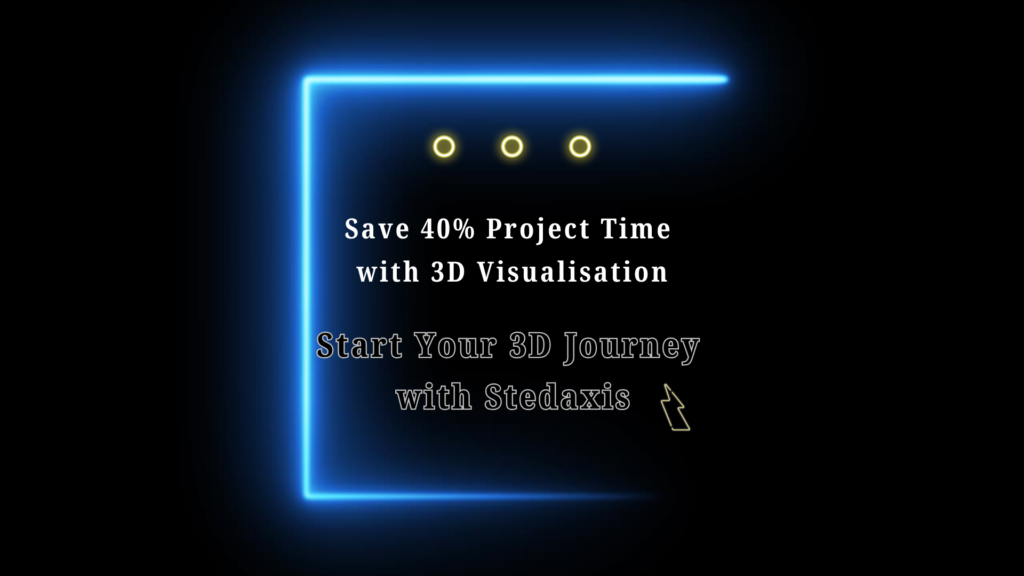
Today’s home builders face increasing pressure to deliver projects faster without sacrificing quality. Specifically, 3D visualization tools have transformed the buying process in real estate, benefiting both builders and clients by simplifying complex decision-making . For house builders, these technologies provide a shared visual language that streamlines communication between all parties involved in the construction process .
the applications of 3D architectural rendering extend across residential, commercial, and public projects . Throughout this article, we’ll explore how these visualization techniques help builders near me and nationwide to streamline approvals, detect errors early, and ultimately save up to 40% of project time. We’ll also examine how master builders are using these tools to secure sales and investments earlier in the development process , fundamentally changing how construction projects move from concept to completion.
3D architectural visualization services have emerged as a vital tool for builders across the construction industry . We’ve seen firsthand how high-quality 3D renderings can make the difference between a project’s success and failure, particularly when it comes to timeline management .
Here’s why 3D rendering has become an essential part of the design process across Australia.
Core Components of 3D Architectural Visualization That Save Time
Modern builders leverage several key components of 3D architectural visualization to dramatically reduce project timelines. These visual tools have become indispensable for construction professionals seeking to streamline their workflows and enhance client satisfaction
Interior Rendering for Faster Client Approvals
- Interior renderings fundamentally change how clients approve designs. Unlike traditional presentations, photorealistic interior visualizations make designs immediately understandable to anyone, regardless of technical background. Consequently, builders report fewer revision cycles and quicker sign-offs .
- When clients can virtually step into their future spaces, they gain confidence to make decisions without prolonged deliberation. Furthermore, any feedback comes early in the process when digital adjustments remain simple and inexpensive, rather than during construction when changes become costly
Exterior Rendering to Speed Up Design Revisions
- For home builders, exterior renderings serve as powerful tools for identifying potential issues before breaking ground. These visualizations allow for real-time modifications based on client feedback, creating a dynamic interaction that increases client involvement.
- Master builders use exterior renderings to present multiple design options rapidly, enabling quick adaptations without extensive rework. This approach effectively prevents expensive mid-construction changes that traditionally cause significant delays.
3D Floor Plans for Quick Spatial Understanding
- 3D floor plans transform how clients and builders comprehend spatial relationships. Unlike their 2D counterparts, these visualizations help people grasp ideas more quickly and effectively . House builders near me increasingly rely on these tools to help clients instantly understand property layouts, colors, designs, and furniture placement .
- Moreover, 3D floor plans allow rapid comparison of different design options, making it possible to assess alternatives without physical modifications.
Bird’s-Eye Views for Site Planning Efficiency
- Bird’s-eye view renderings provide builders with comprehensive overviews that streamline site planning. These aerial visualizations showcase entire projects in one image, clearly depicting infrastructure, positioning of structures, and connections to amenities like parking.
- In fact, they demonstrate a project’s visual impact on surroundings and accurately convey building scale in relation to nearby structures. Notably, these renderings help optimize layouts during planning phases, supporting more informed decision-making before construction begins.
How Builders Use 3D Visualization Across Project Types
The application of 3D visualization varies significantly across construction sectors, with builders adapting these tools to address unique challenges in different project environments.
Residential Projects: Faster Design Sign-Offs for Home Builders
- Home builders primarily use 3D visualization to secure client buy-in earlier in the design process. Instead of relying on technical drawings that clients struggle to interpret, builders present photorealistic renderings that instantly communicate design intent. This visual clarity transforms client presentations what might have taken weeks of deliberation often shortens to just a meeting or two once clients see compelling 3D visualizations.
- House builders report that detailed models allow clients to test furniture arrangements, view sightlines, and request design modifications based on realistic scale and finishing details
Commercial Projects: Streamlined Stakeholder Presentations
- Commercial builders face different challenges primarily coordinating multiple stakeholders with varying technical backgrounds. Here, 3D visualization acts as a universal language that bridges communication gaps between architects, investors, and end-users.
- Master builders leverage these tools to demonstrate how designs will function practically while addressing specific business requirements. According to industry reports, interactive 3D models enable real-time design adjustments during stakeholder meetings, accelerating decision-making processes
Public Projects: Accelerated Permit Approvals
- Public project builders face perhaps the greatest time challenges with municipal approvals and community acceptance. Initially, builders must secure permits, funding, and regulatory clearances before proceeding.High-quality 3D building visualizations make projects shine during presentations to investors, inspectors, and urban planners.
- Subsequently, these visuals help planning departments and review boards understand project impacts, supporting faster and smoother approvals. Altogether, 3D visualization helps builders effectively demonstrate compliance with zoning laws, building codes, and regulatory requirements
8 Ways Builders Save 40% Project Time Using 3D Visualization
1. Reducing Design Iterations with Realistic Previews
Studies confirm 3D rendering cuts the average design cycle time by 30% This efficiency stems from builders’ ability to visualize multiple design options quickly,
2. Faster Client Feedback Through Interactive Walkthroughs
Interactive walkthroughs enable clients to explore buildings freely, examining every corner as if physically present
3. Early Error Detection in Structural Layouts
3D modeling helps builders identify potential clashes and design flaws before breaking ground, eliminating costly on-site corrections.
4. Simplified Communication with Contractors and Teams
Master builders leverage 3D rendering as an improved communication platform among project stakeholders
5. Speeding Up Marketing with Pre-Construction Visuals
Properties utilizing 3D renderings enjoy 25% faster sales cycles Plus, Nielsen studies show these visualizations boost property sales by 23%
6. Virtual Staging to Attract Buyers Before Completion
Virtual staging transforms empty spaces into furnished homes digitally, helping potential buyers envision living there.
7. Smoother Approval Processes with City Boards
project achieved a 25% reduction in approval times owing to clear 3D visualizations that helped planning departments understand project impacts
8. Reusing 3D Assets Across Multiple Projects
Home builders save time through the “produce once, reuse forever” approach, modifying existing models rather than creating new ones for each project.
Improved Collaboration Between Architects and House Builders
The integration of real-time data into 3D models enhances accuracy, enabling teams to adapt to site changes and make smarter decisions. Through detailed renderings, architects and builders now share a common visual language that bridges communication gaps.
—————–


